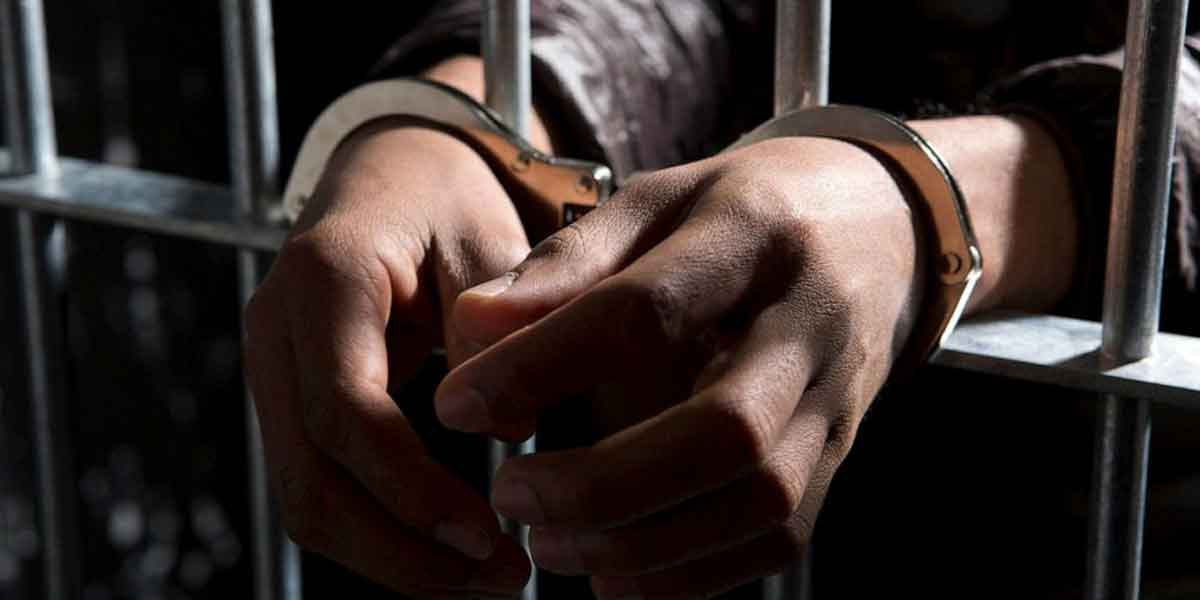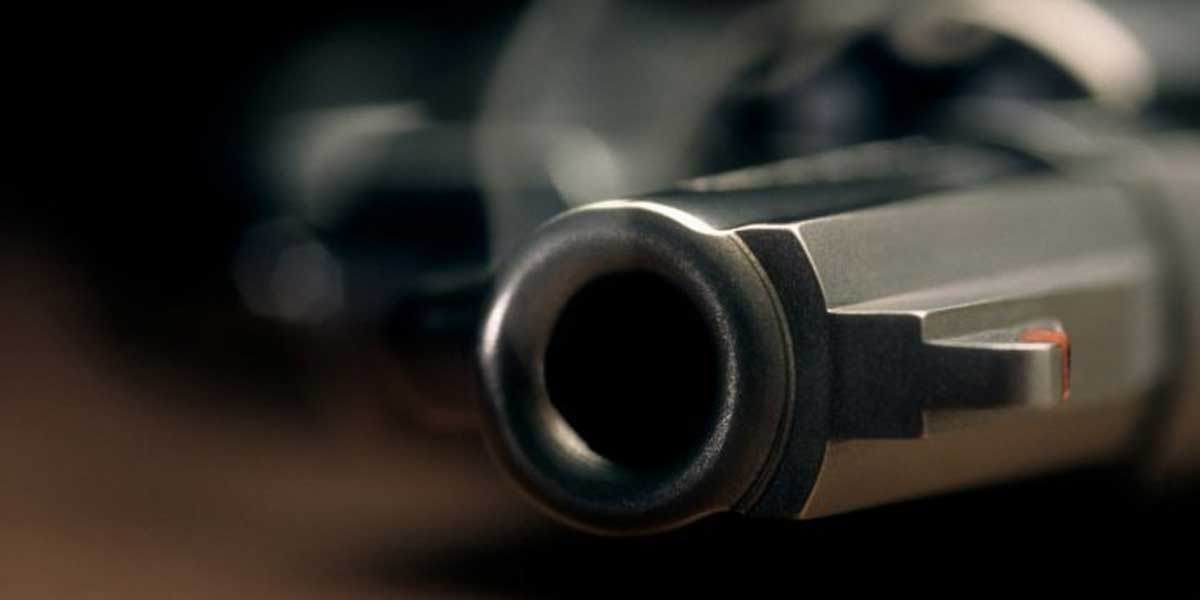
By: Jennifer P. Rendon
More than 30 percent of the 4,051 barangays in Western Visayas are still subject for drug-clearing operations.
This, the Philippine Drug Enforcement Agency 6 (PDEA-6) said after it declared 206 barangays as drug-free during the 16th Regional Oversight Committee (ROC) Deliberation of the Barangay Drug Clearing Program (BDCP) on Aug. 28, 2019 at Punta Villa Resort in Arevalo, Iloilo City.
PDEA-6 officer-in-charge Alex Tablate 323 barangays applied for the drug clearing status but only 206 were “cleared/officially declared unaffected.”
Thirty-three municipalities in the provinces of Aklan, Antique, Capiz, Guimaras, Iloilo and Negros Occidental took part in the deliberation along with municipal mayors, chiefs of police, and other members of the different local government units (LGUs).
The deliberation is a product of intelligence validations of PDEA and PNP, to include the DOH and the DILG requirements. The agencies are also members of the Regional Oversight Committee of BDCP, with PDEA as Chairman.
Tablate said there could be several reasons why the applications for drug clearing of 117 villages did not prosper.
Tablate explained that the ROC has four members- the PDEA, the Philippine National Police, the Department of Health, and the Department of the Interior and Local Government.
“Each one has its own requirements. Maybe, they failed to comply some of the requirements. They would be deliberated again once compliance has been made,” he said.
But at the rate that the drug clearing is going, Tablate said they have made headway in their campaign against illegal drugs.
“We started out with 65 percent of all barangays in Western Visayas that are drug affected,” he said.
As of last month, 39 percent of Western Visayas’ total barangays are still drug-affected.
At the end of the day, Tablate said that the drug clearing operation is an encompassing activity
“Operations like buy bust is just part and parcel of the drug clearing operation,” he said.
REVERSION
So far, none of the barangays earlier declared as drug-cleared saw a reversal to the affected status.
“In reverting a barangay, it’s also a process, it can’t easily be reverted. It also needs a resolution from the ROC,” Tablate said.
A barangay can reverb to the drug affected status if it failed to act on the reported presence of a drug personality.
“After the reglementary period and they did not act on it, it could be reverted,” he said.
Tablate said it’s a misconception that if a positive drug operation happens in the barangay, it will again be considered as drug-affected.
“We would still analyze if the drug personality is not on list but if it’s not, it means that the drug personality is newly-identified,” Tablate said.
On July 4, PDEA6 announced that 349 barangays were declared free from illegal drugs.
Once a barangay is considered certified drug-cleared, a certificate signed by the chief of police, mayor, and PDEA regional director is issued.
Tablate earlier noted that the certification of more than half of Western Visayas’ barangays only showed the efficiency of the drug-clearing operations.
On March 20, 2019, the ROC declared 393 barangays as drug cleared.
Prior to that, 283 barangays were also declared drug-cleared in Jan. 31, 2019.
Again, Tablate stressed the importance of drug clearing in the government’s campaign against illegal drugs.
“The barangay is the frontline of our campaign and very much challenged when it comes to our efforts against illegal drugs,” he said.
But Tablate said the most critical part is actually not by the “declaration” itself.
“Rather, it’s how these barangays should execute and do its part in maintaining said status, thus preventing the same from reverting back to being “affected,” he said.
Tablate said they continue to monitor barangays, which are declared drug-cleared.
“If we monitor the presence of drug personalities or trade present in that village, we will give them 30 days to act on it or report it to us,” he said.
If that will go on beyond the prescribed time, the barangay’s status could be reverted to drug-affected.
The ROC – BDCP is the one doing the deliberation and validation.
The BDCP is a multi-agency group composed of PDEA, Philippine National Police (PNP), Department of the Interior and Local Government (DILG), and the Department of Health (DOH), as well as the respective local chief executives (LCEs) that have jurisdiction of these barangays.
For a barangay to be finally declared as “drug-cleread” or officially “unaffected,” they must comply with all the requirements and parameters set forth under DDB Regulation No. 3, Series of 2017 on Strengthening the Implementation of BDCP.
These requirements include:
- Non-availability of drug supply
- Absence of drug den, pusher, user
- Absence of clandestine drug laboratory
- Active involvement of barangay officials in anti-drug activities
- Existence of drug awareness, preventive education and information
- Existence of voluntary and compulsory drug treatment and rehabilitation processing desk
Cuy said these requirements are mandated under Dangerous Drugs Board Regulation No. 3 series of 2017.





















